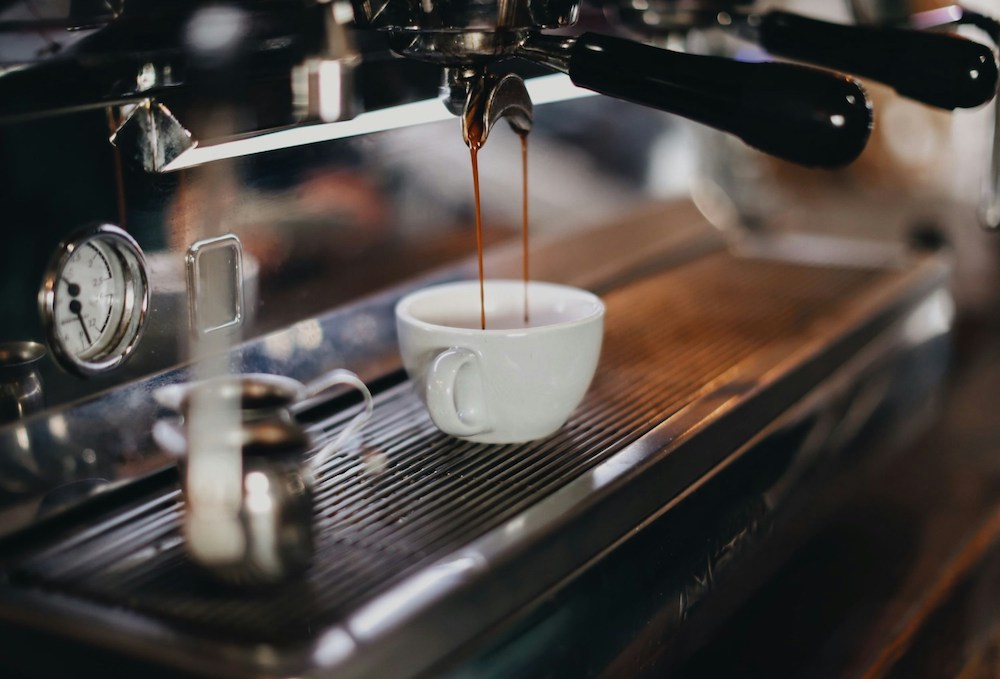Coffee is a classic drink that comes in many variations. Even the slightest change in how it’s made offers such a different result, whether you enjoy an earthy quality or a sweeter, creamier beverage.
With how many variations there are, it can be overwhelming and you might not know what to look for. For the coffee lovers out there with a basic handle on their coffee, here are some terms to help expand your vocabulary!
Pour Over vs Drip Methods
Even the smallest details can affect how your coffee tastes, such as the brewing method.
Pour over coffee is brewed in smaller batches. It pairs well with single origin coffees to enhance flavour. Keep in mind that pour overs are brewed to order so this method will take a bit longer.
The drip method is quicker and simpler than pour over coffee as it’s brewed in large batches. Many shops make sure to brew fresh batches every hour.
If this has inspired you at all, take a look at some different ways you can make a cup of coffee!
Blends vs Single Origins
Blends: As the name indicates, blends refer to coffee made up of coffee beans that originate from more than one place. The goal is to take the best qualities from different areas to produce a well-balanced flavour.
Single Origins: Unlike blends, a single origin coffee refers to a traceable geographical origin. This doesn’t just refer to a country, as they can have many micro-climates that affect the flavour in subtle yet distinctive ways.
Coffee aficionados enjoy acknowledging the origins of coffee beans on a smaller scale (such as a mill representing several villages) to celebrate what makes flavours distinctive and specific to that community.
Types of Espresso
Espresso is brewed with steam pressure forced through finely-ground coffee beans to create a concentrated flavour and a creamy consistency. You've probably heard of the popular ones, such as a classic americano.
Here are some more variations to help you apply your knowledge to your next order:
Black eye
The black eye is a cup of brewed coffee with two added shots of espresso, named for the extra strong kick of caffeine.
Cafe bombon
Popularised in Spain, the cafe bombon uses sweetened condensed and espresso in a 1:1 ratio. The consistency creates an intriguing layered visual until stirred.
Breve
Meaning “short” in Italian, a breve combines a shot of espresso with steamed half whole milk and half heavy cream.
Cortado
A Cortado is a Spanish or Portuguese Espresso that consists of a double shot of espresso and steamed milk. It generally has a 1:1 ratio of espresso-to-milk.
Cortadito
What’s the difference between this and a cortado? Well, the ratio is also 1:1, but this Cuban espresso is made from a pre-sweetened espresso shot and topped off with steamed milk.
Doppio
Italian for “double,” this will get you a double-shot of espresso.
Espresso con Panna
This is an espresso topped off with whipped cream (and means "espresso with cream," in Italian).
Espressino
Short and simple, an espressino is made with espresso, frothy milk, and a sprinkle of cocoa. Then it is served in a shot glass.
Frappe
A frappe is a sweet iced coffee blended with espresso and milk. It makes for the ideal summer treat.
Galao
Served in a tall glass, the galao is a Portuguese drink made by adding foamed milk to espresso. It has about three-quarters foamed milk and one-quarter coffee for a rich and creamy taste.
Lungo
An espresso shot that has the same amount of coffee as espresso but more water so it is pulled for longer.
Red Eye
Created by combining a drip coffee with a shot of espresso, named for the extra kick of caffeine needed to stay awake during a "red eye flight".
Ristretto
Like a lungo, this is an espresso shot that has the same level of coffee as espresso but less water so the shot is pulled short.
Are you looking to put this information to good use? To find a good, fairtrade coffee shop in the UK, head to your local Esquires Coffee!






